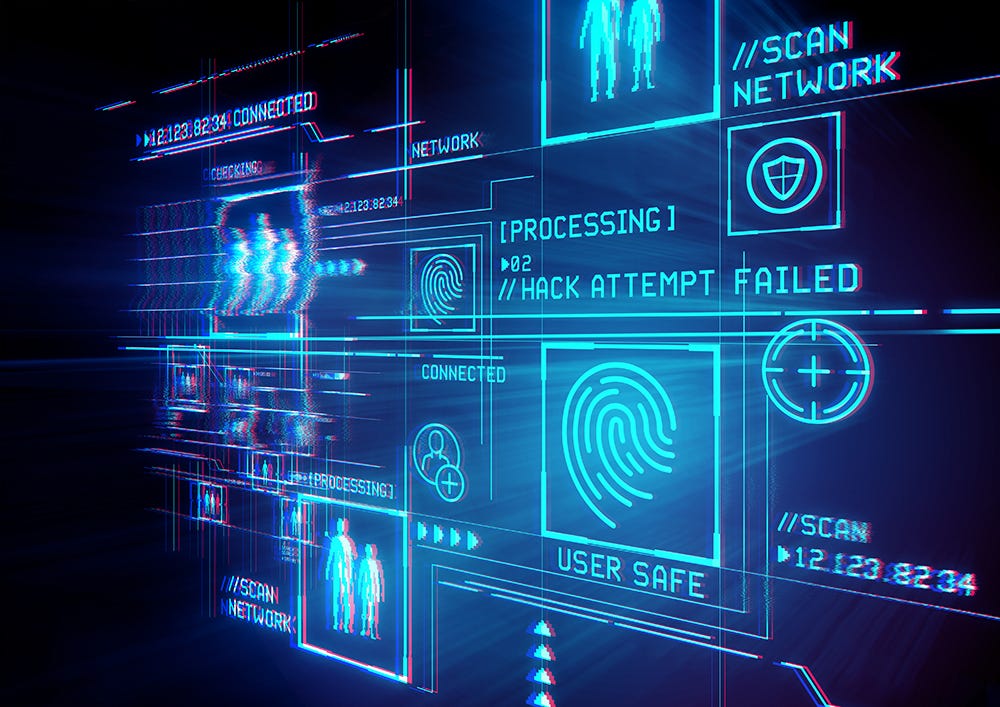Identify and mitigate a threat in cyber security
In the interconnected world, there is one thing that continues to evolve, and that’s the cybersecurity threat. The landscape of the threats in cybersecurity is rising day by day, leaving companies in agony. Individuals, as governments, have to experience significant challenges for cybersecurity. Seeing these emerging constraints, staying awake and proactive in identifying potential risks is necessary. We are here to shed light on some practical strategies and techniques that can help detect and respond to cybersecurity threats, ensuring the protection of sensitive data and the integrity of digital systems. Let us explore.

What is a cybersecurity threat?- Threat Detection and Response
A cybersecurity threat is a possible attack that can disrupt digital operations or damage information. Cyber threats originate from numerous players, including corporate spies, terrorist groups, antagonistic nation-states, criminal organizations, and disgruntled employees. A wide range of malicious activities aims to exploit vulnerabilities in computer systems, networks, and digital infrastructure.
The threats come in numerous forms, like malware, data breaches, ransomware, phishing attacks, and more. Multiple high-profile cyber-attacks have resulted in sensitive exposure. To identify threats, there are specific strategies that you need to understand and techniques to use to reduce these cybercrimes.
How can you identify the threats?- Proactive Threat Detection and Response
So, now you are well aware of the threats and how they can destroy your system, it’s time to learn how to detect and respond to them. Here are some of the techniques that you can use to identify the threats.
1. Monitor the network- Detection and Response
The first thing you need to consider doing is monitoring the network correctly. Implement robust network monitoring tools that allow organizations to detect suspicious activities, unusual traffic patterns, and potential signs of intrusion. Ensure you analyze network logs; administrators can identify anomalies and take immediate action. By using the data from these tools, administrators can proactively detect new threats and uncover malicious activities that might have otherwise gone unnoticed.
2. Watch your own network- Detection and Response
This is the most important way to identify threats and vulnerabilities in your systems. You have to look at your defenses the way an attacker would. Not only this, but you also need to understand your network’s weaknesses and the threats that are most likely to affect your organization. All in all, you must watch your entire network and ensure everything goes well on time.
3. Threat intelligence can do wonders – Proactive Threat Detection and Response
Sometimes it is difficult to detect which threats might harm your business and can adversely impact the systems. You need to understand the danger you can prioritize. Understand the threat landscape and how to protect your organization against any threats before they happen. Understanding the hazards that can be prioritized is critical for an organization’s security, as it can identify potential risks and develop solutions to neutralize them before they become a problem.
What are the threat response strategies? – Proactive Threat Detection and Response
Now that you know about the potential ways to identify the threats, you also need to learn about the ways to mitigate the threats. Here are some of the threat detection and response strategies you need to know.
Segregate your network- Detection and Response
Segregation means splitting a network into numerous zones. It can be beneficial for the potential impact of an attack on one zone, and it even requires extra work on behalf of the attackers to acquire access to other network zones. A threat can be mitigated within this time frame before it affects the more extensive network.
Incident Response Plan- Detection and Response
You can develop a comprehensive incident response plan and ensure a swift and effective response to cyber threats. The program can be really helpful in outlining clear roles and responsibilities, communication protocols, and steps to mitigate the impact of an incident. Ensure that you keep up with this plan.
Threat Hunting- Detection and Response
Proactive threat hunting involves searching for threats within an organization’s networks and systems. With this approach, you can identify and mitigate threats before they cause significant damage. So, this can be another way for threat detection and response.
Data loss prevention – Detection and Response
With the help of backup and disaster recovery solutions, you can safeguard your company’s data even in the event of a cyber attack.
Final Words – Cyber Detection and Response
Cybersecurity threat detection and response is a continuous process. With the help of advanced technologies, potent monitoring, and practical incident response plans, you can reduce the threat from your systems. We have mentioned different approaches and ways to minimize the cybersecurity threat response; keep up with those. With the help of these innovative threat detection techniques, you can respond to the plan and update security measures. Ensure that you stay informed, regularly revamp security measures, and nurture a culture of cybersecurity awareness, which helps maintain a resilient and safe digital environment.
It is necessary to use a cybersecurity threat detection and response tool. You can consider using Open EDR for the same. It is a powerful tool that can be helpful for businesses.